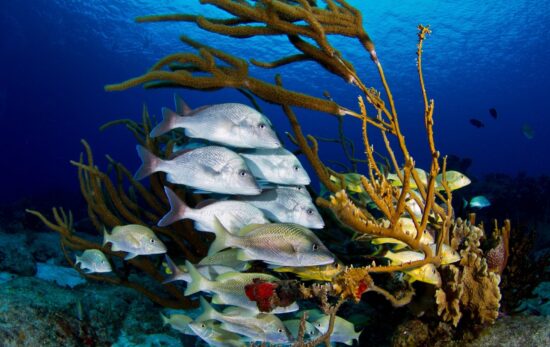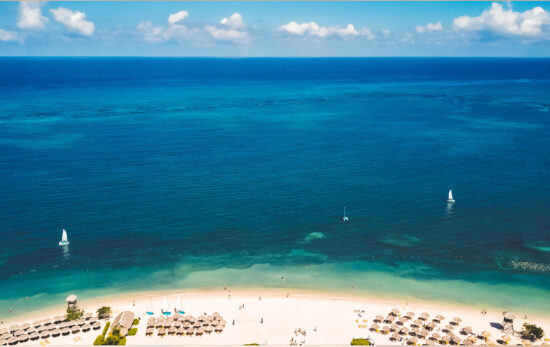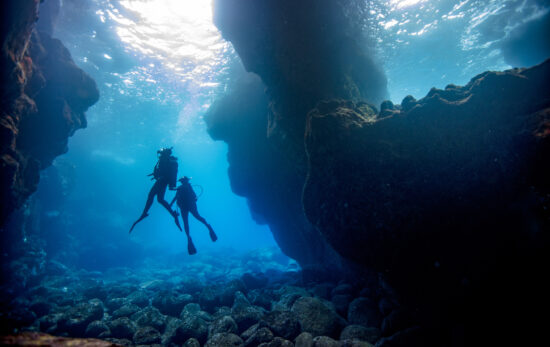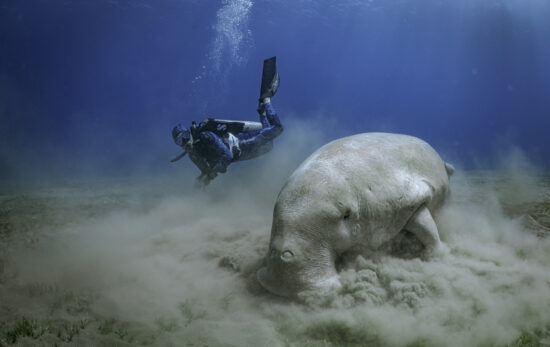Zanzibar Island may seem like a far-away utopia, overflowing with shimmering white sand and pristine waters. The latter is true, but this neverland is just a short flight from Kilimanjaro, and certainly worth the journey. A former sultan’s palace, marine conservation and endemic species are a few of the main attractions. There are also stunning dive sites, which you can read more about in our Zanzibar Dive Guide. But first, take a look at our diving Zanzibar review below.
Why Zanzibar Should be Your Next Diving Destination:
- Great Temperatures Year-Round
- It’s Easy to Escape the Crowds
- Pelagic Species are Abundant
- Zanzibar Promotes Marine Conservation
- Explore its Rich Cultural History
- It’s Home to Two Endemic Species
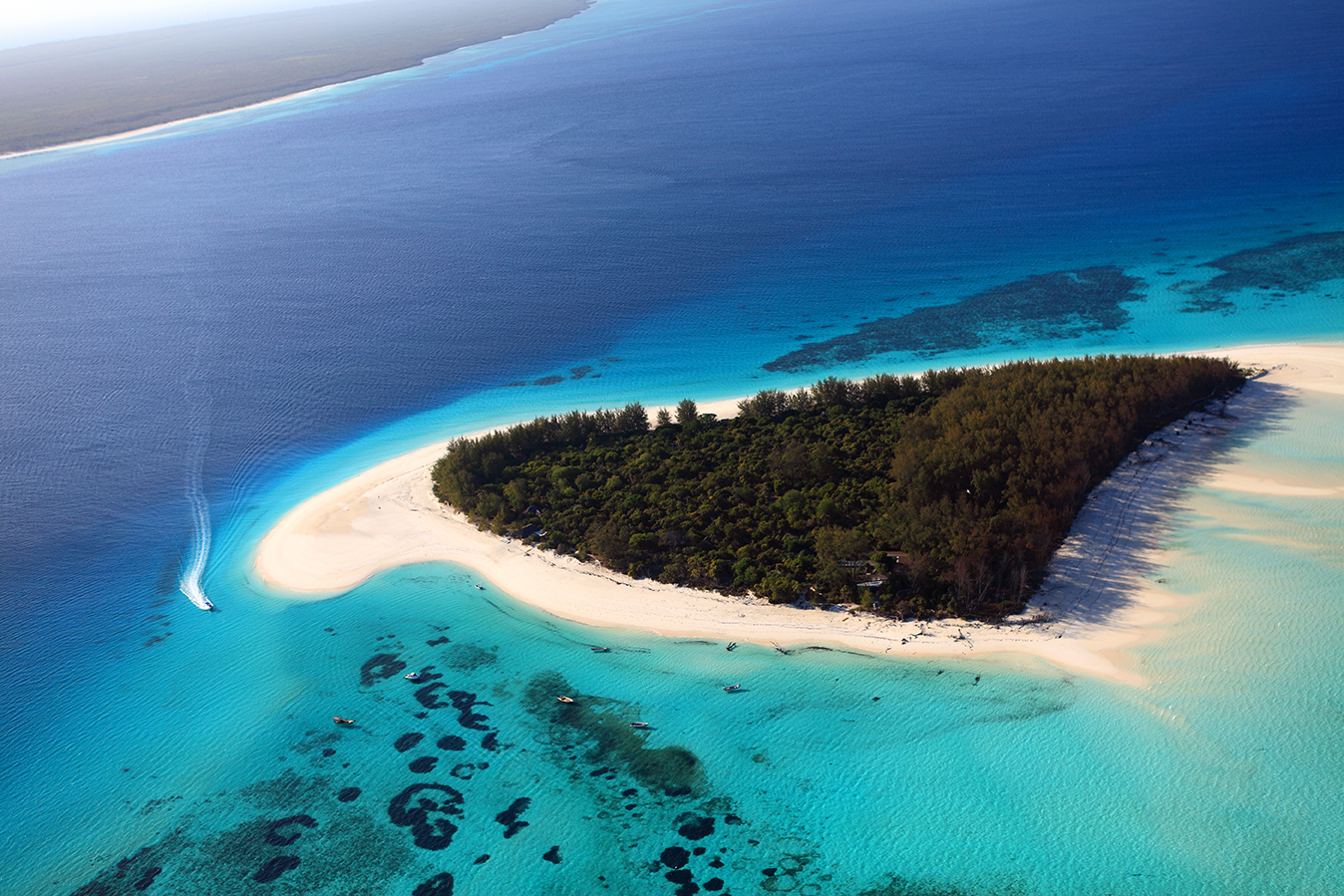
Great Temperatures Year-Round
The water temperatures in Zanzibar sit between 23 and 30 degrees Celsius (73 and 86 degrees Fahrenheit) mark all year round. This makes it a top vacation choice any time of the year. Plus, visibility stays between 20 and 60 meters (65 to 200 feet) no matter the season. Zanzibar’s high season runs from July to September and then from December to January. However, you can avoid higher tourism numbers in February, March, July and August – each of which are an ideal month for diving.
It’s Easy to Excape the Crowds
Many aren’t aware that Zanzibar is not just one island. It is actually an entire archipalego that houses over 50 islands alongside the main island of Unguja. Although it is not cluttered with tourists, many travellers enjoy the quieter aspects of the surrounding islands. For more intimate getaways, you can travel by boat to the less-developed, nearby islands, such as Pemba or Mnemba. You can easily rent scooters and bicycles on the islands to explore at your own pace, too! However, the roads can be a little tricky, so helmets are a must.

Pelagic Species are Abundant
A dazzling assortment of pelagic species parades the waters year-round in Zanzibar. Tanzanian waters surrounding the archipelago are full of rays, dolphins and sharks. Depending on the season, you’ll also meet blacktip reef sharks, whale sharks and humpback whales (July & August). Non-divers can enjoy the underwater pelagic displays, too, while snorkelling, swimming, or viewing from boats. All in all, Zanzibar is considered a top choice for divers and non-divers alike.
Take a look at our marine life sightings chart to learn more about which species can be found at each time of year.
You might also like:
Zanzibar Promotes Marine Conservation
The Zanzibar Archipelago is a hotspot for marine conservation and responsible diving. From the 1990s onwards, Zanzibar’s marine conservation moment gained significant momentum with the development of three marine parks. As a result, Chumbe Island Coral Park, Mnemba Island Conservation Area and Menai Bay Conservation Area arose. These were in addition to the Misali Island Conservation Area, which was developed to promote reef monitoring. Additionally, these projects help locals get involved with marine conservation. Today, over 25% of Zanzibar’s land is protected by parks and conservation areas.
You can learn more about global ocean conservation by checking out PADI Aware.
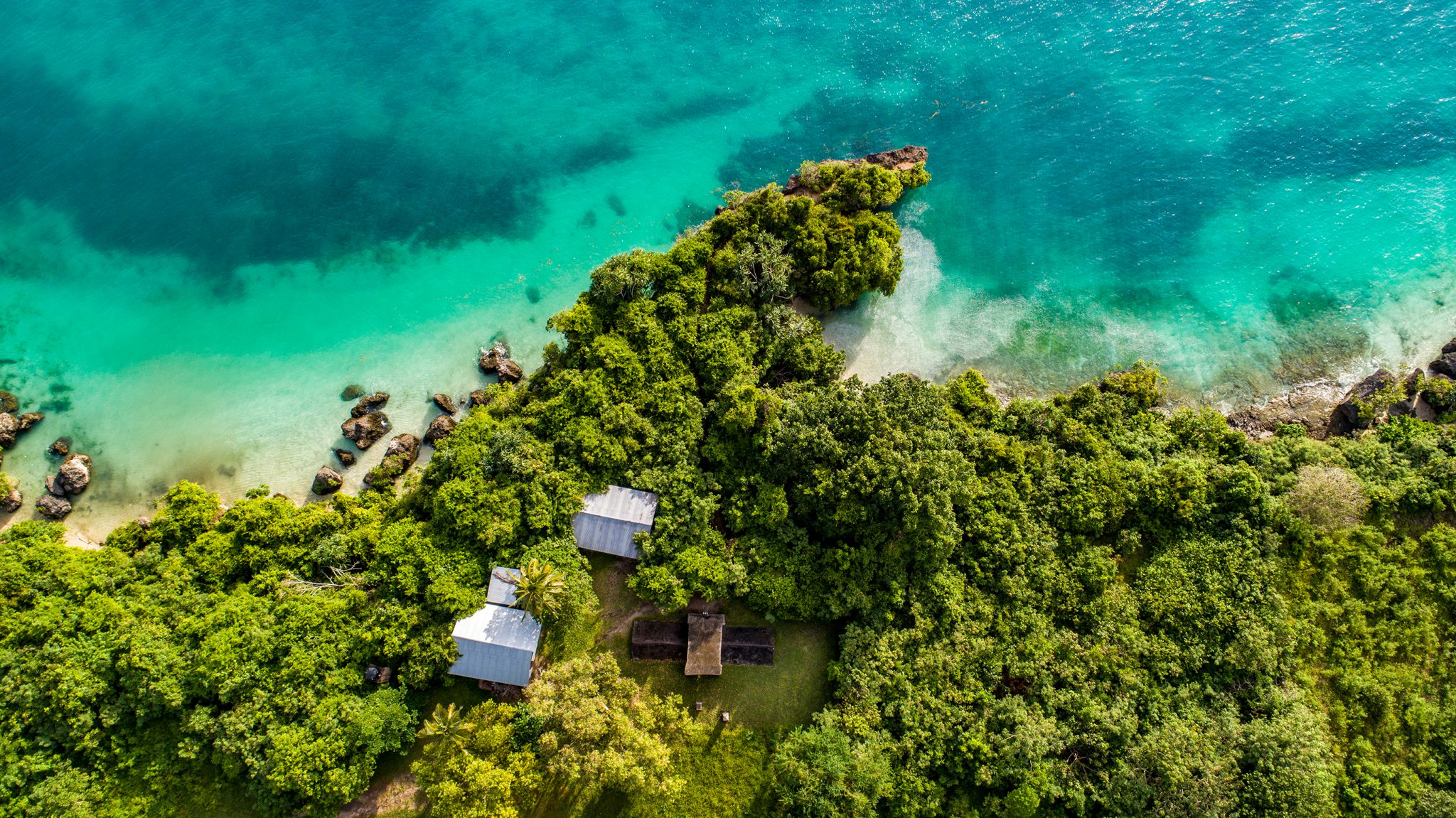
Explore its Rich Cultural History
Although Zanzibar is a magnet for exceptional diving, the islands have a lot of cultural history. Firstly, the region holds tools that date back to the Stone Age, suggesting that Zanzibar was home to our species some 20,000 years ago! Now, you can visit several museums and heritage sites on the island that display pieces of the puzzle of Zanzibar’s rich history. Popular spots include Beit al-Sahel palace museum, Prison Island, and Beit-el-Ajaib.
It’s Home to Two Endemic Species
While a diving Zanzibar review proves that the underwater world of Zanzibar is immense, the above water kingdom is just as magical. For an animal-lovers bucket list, the island is home to the Zanzibar Red Columbus Monkey and the Zanzibar Servaline Genet. Both of these are classed as endemic species, meaning they only exist in one geographical location.
Currently, the two species reside on the main island of the Zanzibar archipelago, named Unguja. This is the most populated island of the area. Here, they are protected at Jozani-Chwaka Bay National Park. It’s important to remember that these species must stay undisturbed. Tourists should refrain from feeding or handling them.
Eager to Explore Zanzibar?
It’s safe to say Zanzibar has so much culture, a plethora of conservation movements and a stunning underwater world. Our PADI Travel team are available 24/7 to help you book your next adventure, whether that’s a stay at a dive resort in Zanzibar or a liveaboard in Tanzanian waters. To find out more about this magical location, contact PADI Travel! Plus, check out our more in-depth diving Zanzibar review within our Zanzibar Dive Guide.


